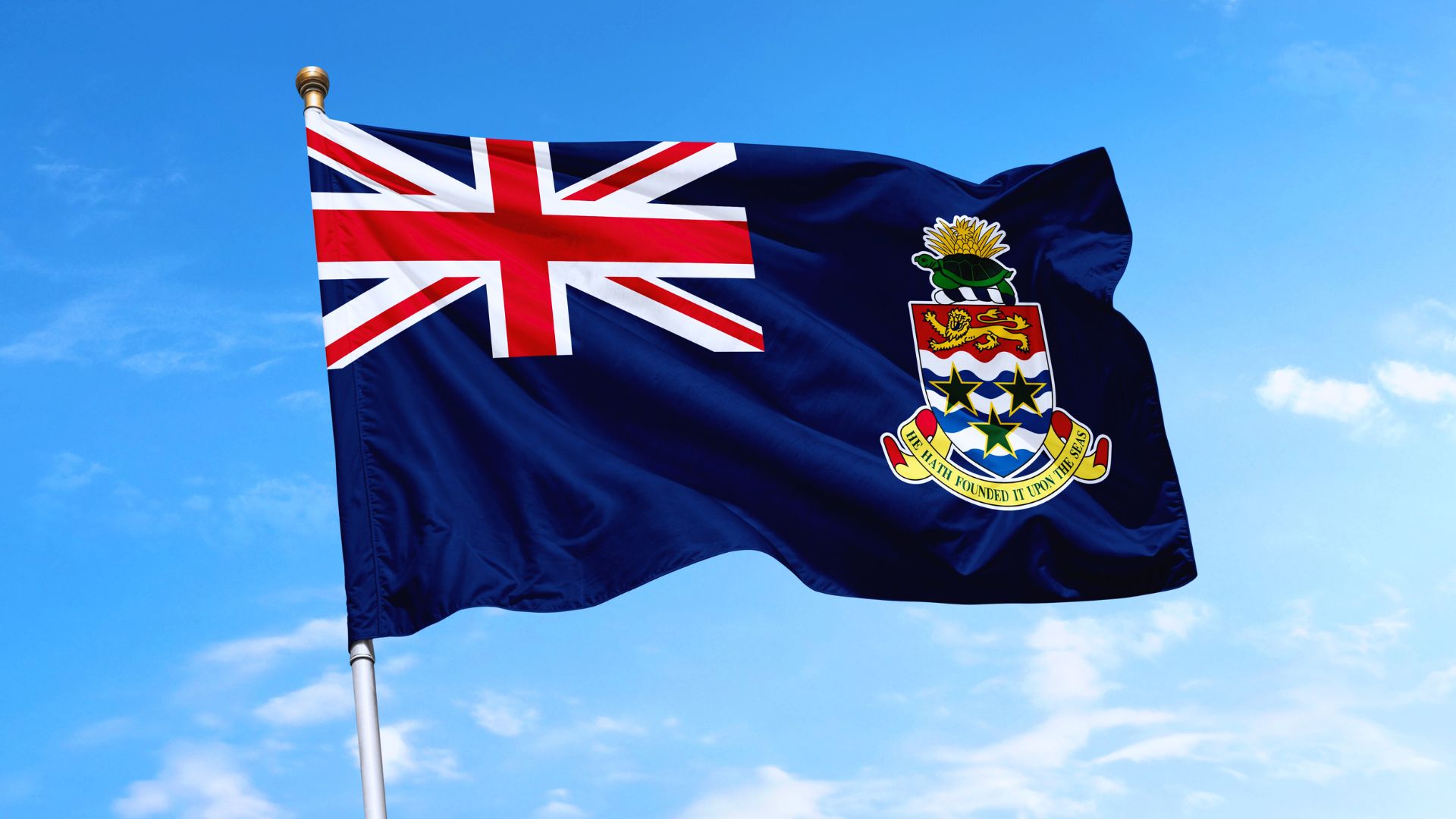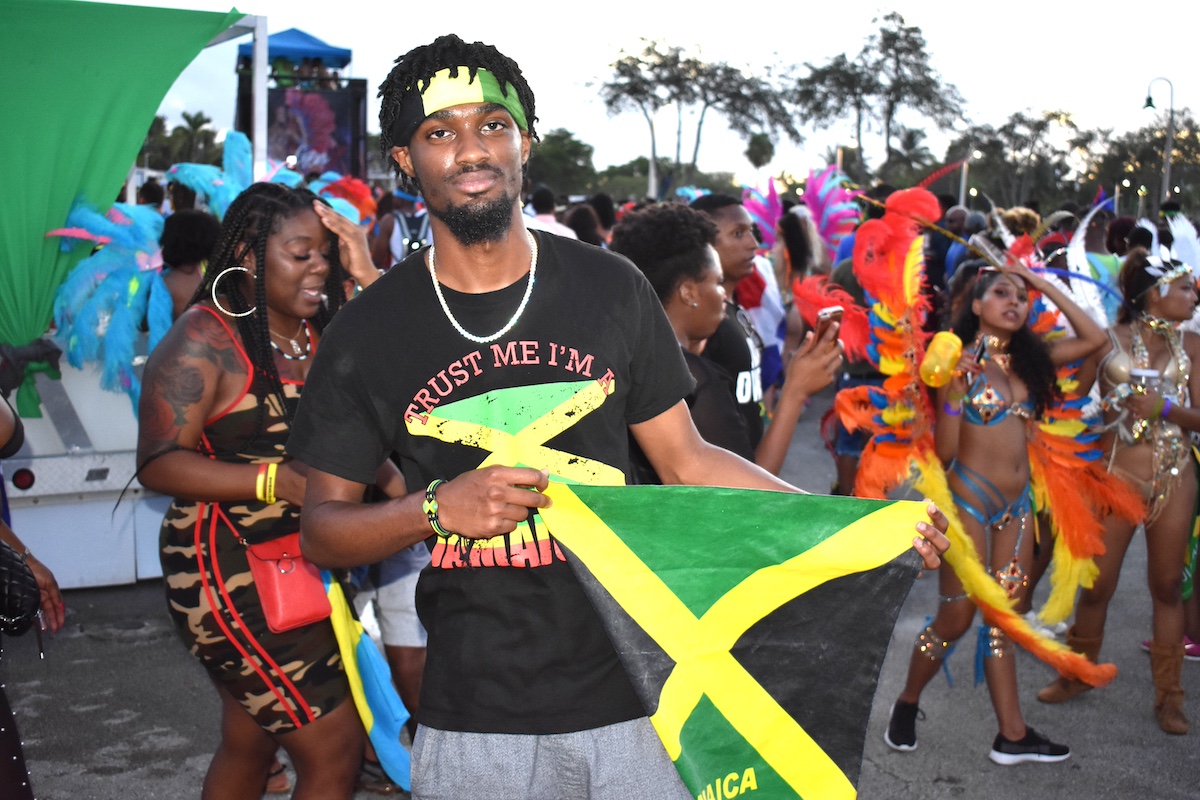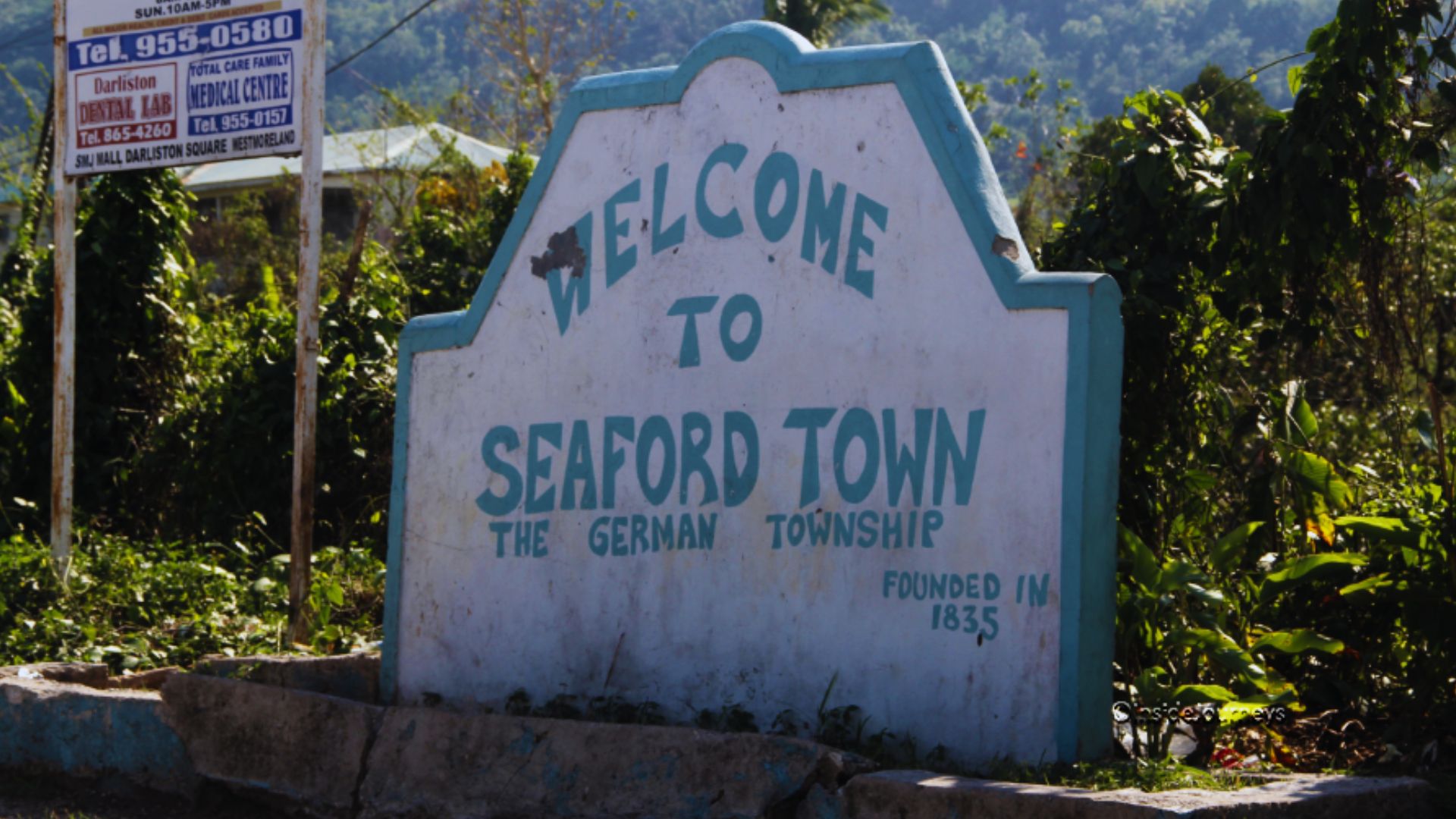Country Overview:
The Cayman Islands were colonized from Jamaica by the British during the 18th and 19th centuries, and were administered by Jamaica after 1863. In 1959, the islands became a territory within the Federation of the West Indies, but when the Federation dissolved in 1962, the Cayman Islands chose to remain a British dependency.
Location:
Caribbean, three-island group (Grand Cayman, Cayman Brac, Little Cayman) in Caribbean Sea, 240 km south of Cuba and 268 km northwest of Jamaica
Geographic coordinates:
19 30 N, 80 30 W
Area:
Total: 262 sq km, land: 262 sq km, water: 0 sq km
Area – Comparative:
1.5 times the size of Washington, DC
Land boundaries:
0 km
Coastline:
160 km
Climate:
Tropical marine; warm, rainy summers (May to October) and cool, relatively dry winters (November to April)
Terrain:
Low-lying limestone base surrounded by coral reefs
Elevation extremes:
Lowest point: Caribbean Sea 0 m
Highest Point:
Highest point: The Bluff (Cayman Brac) 43 m
Natural Resources:
Fish, climate and beaches that foster tourism
Population:
47,862
Nationality:
Noun: Caymanian(s)
Nationality:
Adjective: Caymanian
Ethnic groups:
Mixed 40%, white 20%, black 20%, expatriates of various ethnic groups 20%
Religions:
Church of God 26%, United Church 11.8% (Presbyterian and Congregational), Roman Catholic 11%, Baptist 8.7%, Seventh Day Adventist 8.2%, Anglican 5.7%, Pentacostal 5.3%, other Christian 2.7%, non-denominational 5.8%, other 3.8%, none 9.8%, unspecified 1.1% (1999 census)
Languages:
English 95%, Spanish 3.2%, other 1.8% (1999 census)
Country Name:
Cayman Islands
Government Type:
British crown colony
Capital Name:
George Town (on Grand Cayman)
Independence:
None (overseas territory of the UK)
National Holiday:
Constitution Day, first Monday in July
Constitution:
1959; revised 1962, 1972, and 1994
Legal System:
British common law and local statutes
Executive Branch:
Chief of state: Queen ELIZABETH II (since 6 February 1952); represented by Governor Stuart JACK (since 23 November 2005)
Head of Government:
Leader of Government Business Kurt TIBBETTS (since 18 May 2005)
Cabinet:
Executive Council (three members appointed by the governor, four members elected by the Legislative Assembly)
Elections:
The monarch is hereditary; the governor is appointed by the monarch; following legislative elections, the leader of the majority party or coalition is appointed by the governor Leader of Government Business






